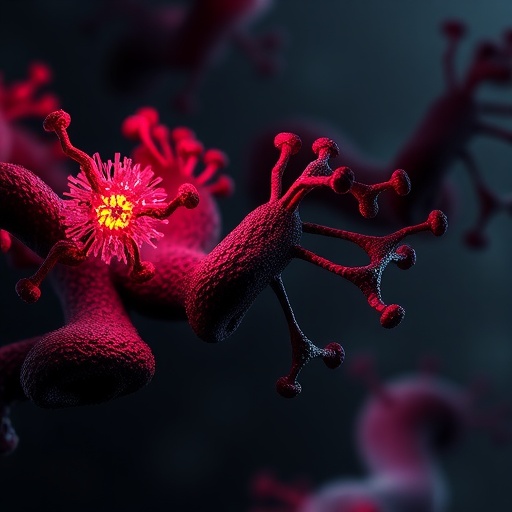Previous research indicates that gallstones are linked with an increased risk of stroke. A new Journal of Gastroenterology and Hepatology study found that gall bladder removal may help lower this risk.
For the study, investigators examined the risk of stroke among 310,712 gallstone patients from Taiwan, half of whom had undergone surgery to remove their gall bladder.
During the study period of 2000-2012, 19,096 gallstone patients without surgery and 11,913 gallstone patients with surgery had a stroke. The risk of stroke was lower by 40% in patients who had their gall bladder removed. This lower risk was observed regardless of age or other medical conditions.
“Preventive measures for stroke may be considered for gallstone patients, particularly those presenting with risk factor(s) for stroke,” the authors wrote.
###
Media Contact
Penny Smith
[email protected]
http://dx.




